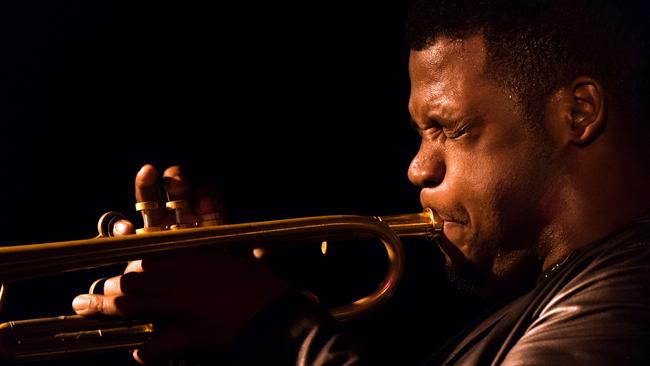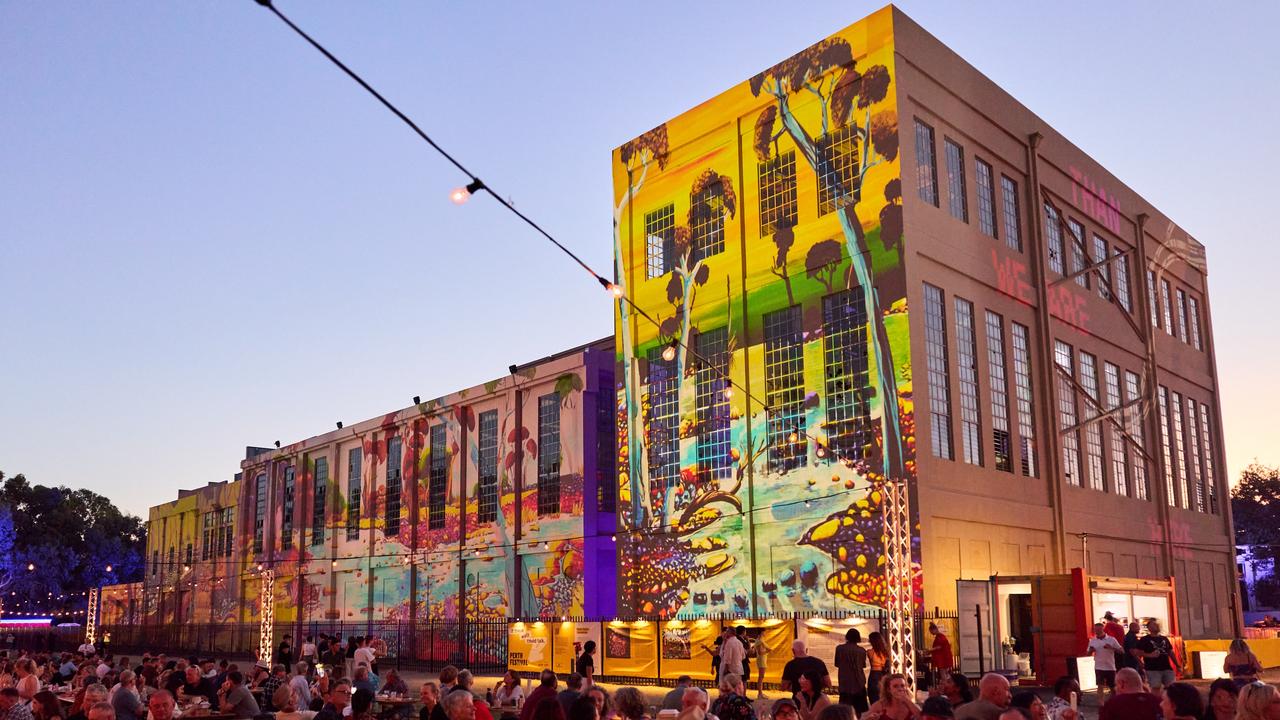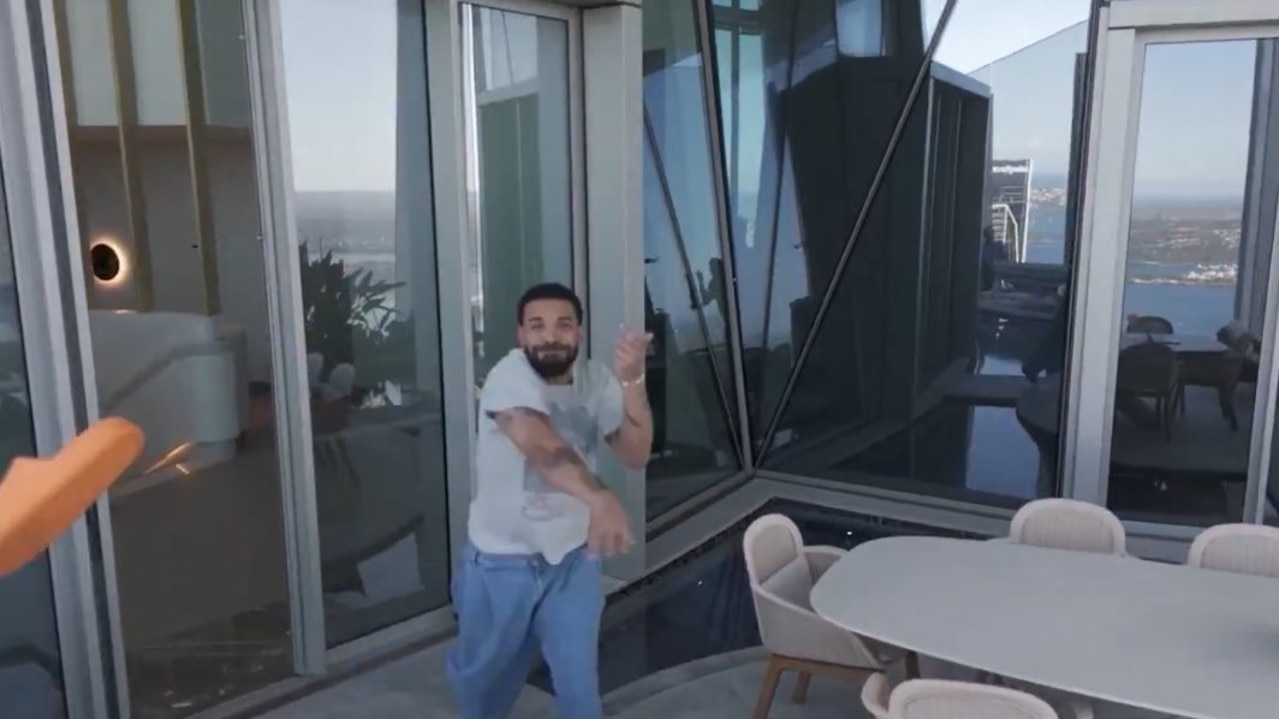Melbourne International Jazz Festival invites a rebirth of cool
Australia’s biggest jazz festival began its annual 10-day fiesta featuring about 350 eclectic performers.

Australia’s biggest jazz festival began its annual 10-day fiesta featuring close to 350 Australian and overseas performers, attracting a total audience of 43,000 across 27 venues.
Two American performers opened proceedings: bassist/vocalist Esperanza Spalding revealed a new persona in her project Emily’s D+ Evolution, revealing her evolvement into pop-rock territory. Saxophonist Garry Bartz’s quartet followed, including top Australian pianist Barney McAll, to play a non-stop powerhouse of numbers by John Coltrane and Ornette Coleman, plus Bartz originals that ranged from ballads to post-bop and funk.
Ethiopian musician Mulatu Astatke is dubbed Father of Ethiopean Jazz but disappointingly his performances on vibes, electric keys, congas, and side drums were mostly inaudible due to the heavy jazz-rock beat of the seven piece Melbourne accompanying group Black Jesus Experience.
They played Astatke’s compositions including Sabye, sung evocatively by Ethiopean female vocalist Enushu Taye. The band encouraged the audience to clap along with the music then watched on as they danced in the aisles to the finale.
American trumpeter Keyon Harrold with his quintet Twi-Life appeared at a standing-room only Bennett’s Lane. Harrold, who played the soundtrack trumpet parts in the new Miles Davis biopic Miles Ahead, did not emulate Davis here, even on Davis’s tune Spanish Key. Twi-Life performed mostly originals, some by their saxophonist Marcus Strickland, on tenor and soprano, whose solos rivalled the high-speed chromatics and emotionally raw lyricism of Harrold’s trumpet.
Another great trumpeter, Tomasz Stanko from Poland, appeared twice: first with his European quartet playing originals. Unusually for a horn player he stood beside the drummer during a drum solo, playing spaced staccato notes that amalgamated perfectly with the drummer’s stick work.
Stanko’s second appearance was fronting the 17-piece Monash Art Ensemble playing music from his 97 album Litania, consisting of film themes by Polish composer Krzysztof Komeda. It was orchestral music in a jazz context featuring solos by Stanko and MAE members. Stanko’s solos were mesmerising: at times the horn sped upwards to end on a very high note like an abrupt emotional shriek and then, when the runs descended, the final low note was a quick guttural stab.
Sydney pianist/composer Stu Hunter’s The Migration, a 74-minute musical odyssey, was presented by the composer leading a nonet of outstanding Australian musicians plus vocals from Tina Harrod. The composition swelled with momentum building continuously to a propulsive climax.
American vocalist Jose James performed the music of Billie Holiday with refreshingly original interpretations. There were Holiday favourites, such as Lover Man, God Bless The Child, an especially moving arrangement of Strange Fruit and many more.
Topping the list of overseas headliners was the Wayne Shorter Quartet playing the closing concert on Sunday. Saxophonist Shorter, 83, played for no more than 20 minutes during the 90- minute concert. The accompanying trio was worth hearing with the hyperactive pairing of bassist John Patitucci and drummer Brian Blade, led by pianist Danilo Perez, but it was disconcerting to see Shorter sitting silently throughout most of the concert. When he played it was usually on soprano sax. Oddly the most sustained and interesting number he delivered was the encore.
Melbourne International Jazz Festival; various venues; Melbourne; June 3 to June 12.


